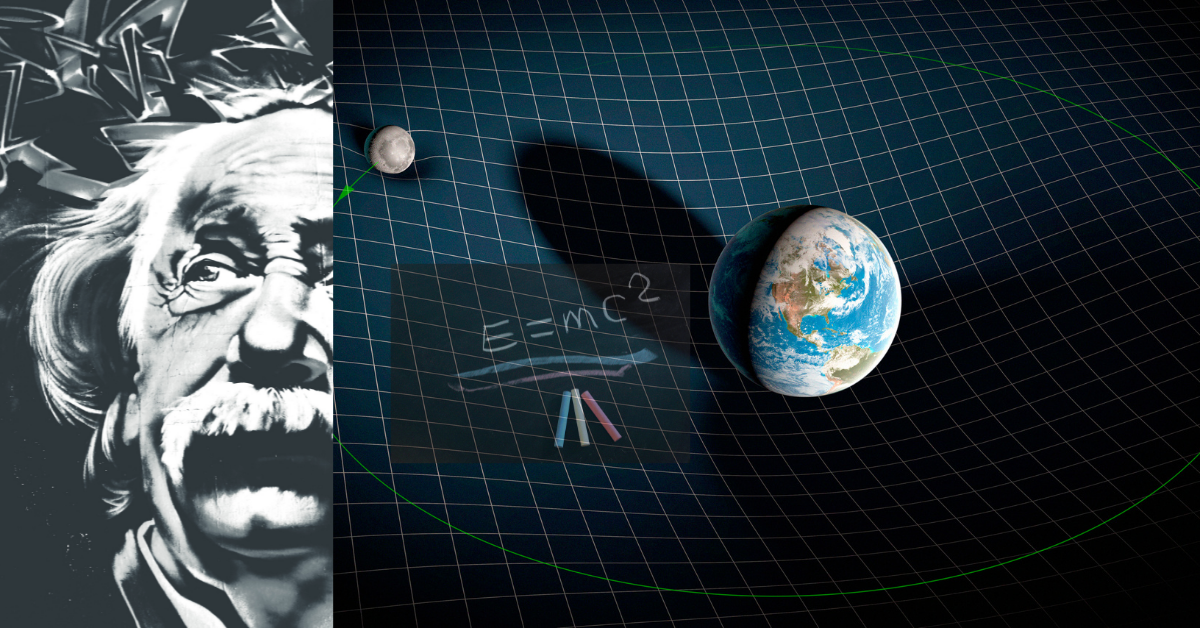In 1905, an unknown clerk from the Swiss Patent Office named Albert Einstein published papers on Physics related to relativity. In that paper, he expressed an unprecedented view of the behavior of nature and the world regarding space (length) and time. Before him, space and time were taken as two different sorts of physical entities and entirely separated. After that, space and time are taken as two fused entities of the same kind.
When a source (let’s say object) is moving and an observer is standing somewhere, he measures that object’s speed(velocity) which is nothing more than the distance covered in a time unit. But is this velocity the same for all types of observers? Broadly speaking, is it the same for all observers at rest and in uniform motion?
No. This is the womb from where the concept of relative velocity and relativity came out. If both the source and the observer are moving, then the source’s velocity is found either more or less than the velocity when the observer was at rest. If the source and observer are moving in the same direction, then the velocity are subtracted. On the other hand, if the source and the observer are moving in the opposite direction, then the velocity are added.
According to Albert Einstein, the Universe’s ultimate speed is the speed of light in a vacuum, i.e., 3×108 m/sec. So, he used the rules of relative velocity upon a moving light source. This gives the relative velocity either more or less than the velocity of light. Velocity less than that of light is acceptable; however, velocity surpassing light is not feasible as the ultimate speed of the Universe is the speed of light!
If the speed of light is constant, then the flow of time should be different for different observers. This theory is the turning point of the general notion of Physics that the flow of time is the same for observers regardless of the state of motion.
These conflicting views gave birth to the concept of relativity. It means we must modify the concept of relative velocity when the object moves with a velocity close to that of light. This modification is called Lorentz transformation.
There are two types of relativity: the Special theory of relativity (STR) and the General theory of relativity (GTR). STR works on a small quantum-sized object, whereas GTR works on massive cosmic objects. STR comes into play when the speed of any object comes closer to the speed of light. In other words, motion of quantum-sized objects like electrons, protons, pions etc. and its consequences are legion– shortening of the length (length contraction), time dilation(moving clock runs slow), relativistic mass i.e., mass depends on speed, Twin Paradox, redshift(Expanding Universe), etc.
Indeed, STR is a scientific theory connecting the relationship between space (or coordinates) and time. According to Albert Einstein, STR is based on two fundamental postulates:
- The laws of physics are invariant(that is identical) in all inertial frames of reference(frame void of acceleration)
- The speed of light in a vacuum is the same for all the observers regardless of the motion of the light source or observer.
However, GTR describes the effect of objects under the action of gravity and gravitation and its consequences are; black hole, gravitational wave, the precession of the perihelion of planet say Mercury, gravitational redshift, gravitational Microlensing, etc. The concept of GTR leads us to the theoretical finding of dark matter, dark energy too. Without including the idea of the GTR, it is not possible to make a perfect and error-free Global Positioning System (GPS).
By exaggerating the concept of time dilation to the idea of getting into the past or future by using the hypothetical Time Machine is known as time travel. So far, this is merely a filmy and philosophical way of visualizing the concept of STR but hasn’t yet been realized in real life. However, it is tough to realize the impact of relativity in everyday life experiences because relativity usually comes into play when the speed of an object approaches the speed of light. It is hard to achieve for ordinary objects. On the other hand, it works for quantum-sized objects, which are hard to visualize.

The writer holds an M.Sc. degree in Physics and is currently teaching Physics in Colleges, Nepal.


very useful and knowlwdgeable article loved it!
Thank you very much
wow amazing
Thank you Brother
As the theory explains that the ultimate valocity is the velocity of light but ….
Can’t the velocity of electron moving in super conductor be even more ? 🤔🤔
Electron has mass.So, it cant move faster or equal to speed of light.
Very useful writing. Nice work!
Thank you sir
Great article.
Thank you my friend
nice
Thank you sir
Very minute explanation of Relative. keep it up
Thank you very much
Really nice sir
Thank you
very nice
Thank you
Worth reading article. It helped me to eradicate some of my misconceptions regarding Special Theory of Relativity. Keep it up my friend!!!
Thank you brother.
very nice information.
Thank you
Crystal clear explanation
Thank you
Great
Thank you
Well explained
Thank you
Great search
Thank you